A decade ago, two Indigenous groups in the foothills of British Columbia’s Rocky Mountains had seen enough. Where once elders told stories of local caribou “like bugs on the land,” by 2013, only 38 of the animals remained.
Years of industrial logging, oil and gas exploration, and the building of trails and roads had carved up the forests the caribou call home. As access to their food declined, gaps in the animal’s habitat opened up paths for predators like wolves to easily target the ungulates.
“There was a sea of caribou, is how elders described them. So many,” said Bruce Muir, a senior environmental planner with the West Moberly First Nations.
Naomi Owens-Beek remembers the neighbouring Saulteau First Nation coming together and asking themselves: “do we watch it decline or help it out?”
“It was like a resounding, ‘Yeah, let's help this caribou herd out,’” said Owens-Beek, Saulteau’s treaty rights and environmental protection manager.
Fences go up
To save the Klinse-Za caribou herd from extirpation, the two First Nations worked with biologists, veterinarians and other levels of government to lead one of the most successful caribou rehabilitation projects in North America.
Part of that plan involved restoring the predator-prey imbalance in what Muir calls a “targeted harvesting” of wolves — a species whose abundance has shot up as moose and white tail deer thrive in increasingly fractured forests.
Then the fences went up. Hectares of habitat were turned into caribou pens. The two nations stood up a 24-7 rotation of armed guards — known as Indigenous Caribou Guardians — who defended the walled perimeter from wolves, grizzlies and wolverines. Their goal: give mothers and newborn calves protection when they were most vulnerable.
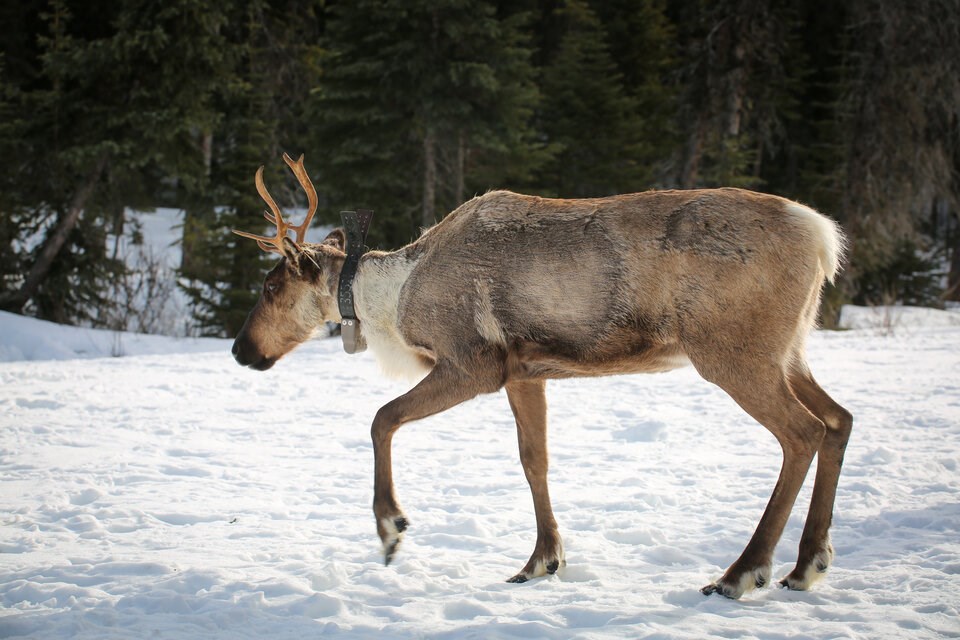
By 2024, the Klinse-Za herd had quadrupled since the program’s inception to 158 animals. The penning and predator control appeared to be immensely successful, but a lot of unanswered questions remained.
When Muir first brought the idea of penning to West Moberly elders, he said many were concerned the close quarters would lead to the proliferation of disease.
“As one elder put it, ‘We see the caribou like us. They are us,’” said Muir. “Are we going to mistreat them?”
Eight years on guard
Last Wednesday, a new study provided the first scientific evidence suggesting the early concerns penning might harm caribou were unfounded. The research, published in , evaluated health of 46 female southern mountain caribou brought into maternal pens between 2014 and 2021.
To track free-ranging animals, scientists and First Nations mostly operated in the lower elevations of the Klinse-Za range, where paved roads, gas and electric transmission lines, as well as cut blocks, forest service roads, hydroelectric reservoirs and snowmobile trails break up the landscape.
Every March, 10 to 18 adult female caribou were captured with aerial gun nets just before their third trimester. Sedated, they were brought to a penned seven- to 14-hectare alpine meadow within their historic calving range.
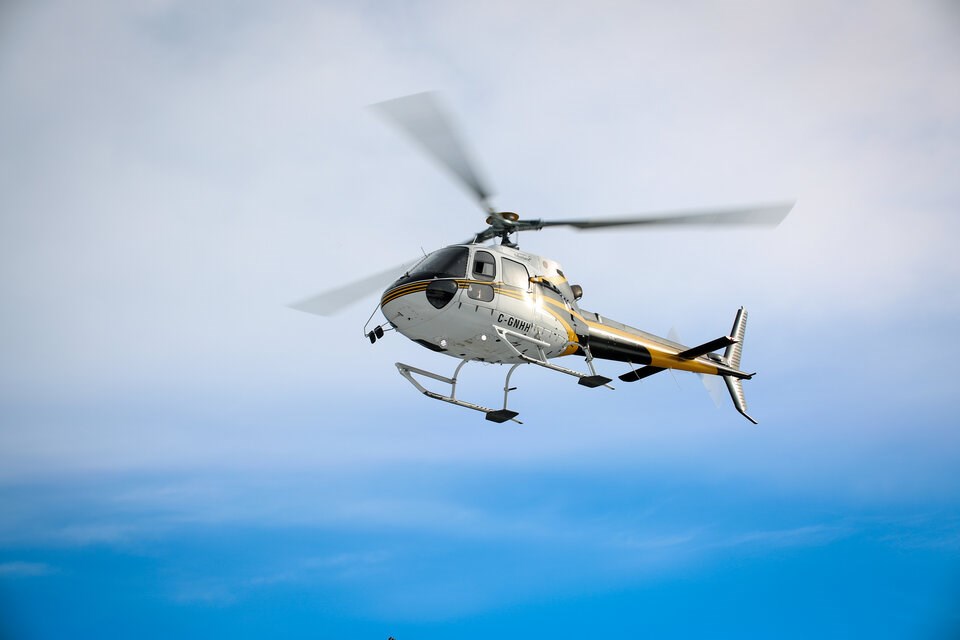
Veterinarians would tag their ears, collar them and regularly took blood, fecal and hair samples while monitoring their health and body condition.
During their stay, the “guests” were first fed local lichen, and slowly transitioned onto commercial caribou feed. Every four to five years, the walls of the pens were removed and relocated to another location to give the environment a chance to recover.
Inside the pens, the caribou were monitored by biologists; outside, they were protected by armed Indigenous Caribou Guardians.
“If a predator got in there, it could decimate the whole population, the entirety of what is protected within that pen,” said Owens-Beek. “There is that risk.”

Every Tuesday, guardians from each nation debriefed the incoming guards and took their turn living out of a small mountain cabin.
“It's hard work because they're away from families, they're away from their loved ones,” said Owens-Beek. “It’s a dedication.”
Giving birth sometime between May and mid-June, the penned caribou were transitioned back onto lichen — the mother and her calves released when the youngest reached six weeks old.
At the back of their minds, everyone involved in the program worried how penning and being captured multiple times might impact individual caribou, said Clayton Lamb, who led the study as a wildlife scientist with and researcher at the University of British Columbia Okanagan.
“We wanted to ensure that the maternal penning, which we know is helping the population, was also not detrimental to individuals,” he said. “How does just being in captivity and being fed a non-wild diet impact the animals?”
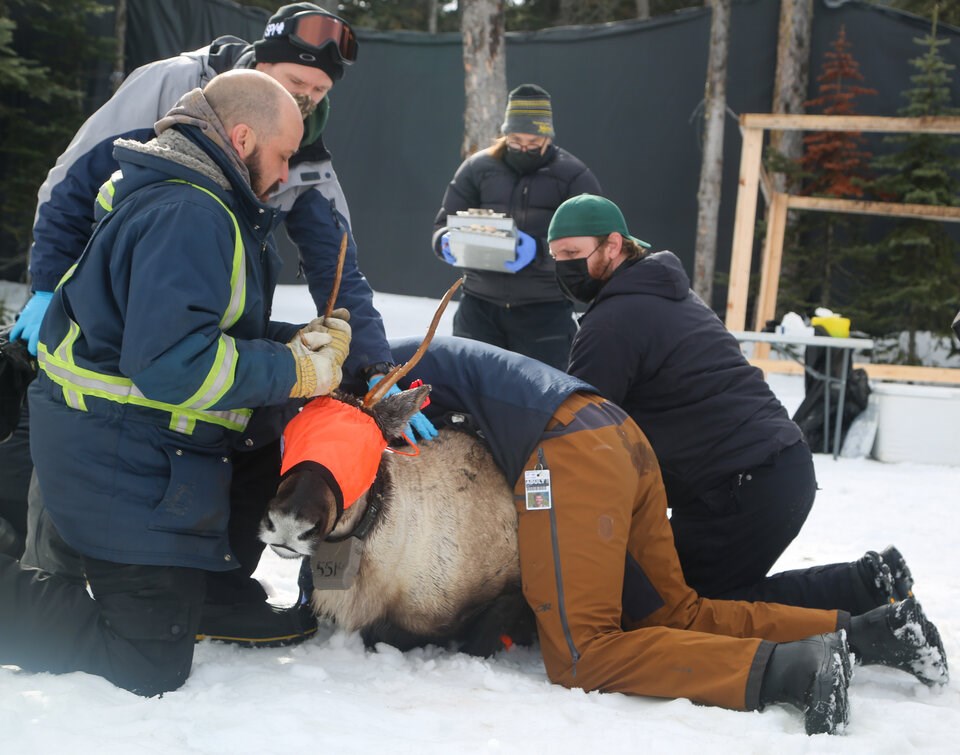
Results show ‘unequivocal’ success
In the lab, tests were carried out on penned animal samples to gauge caribou nutrition, inflammation, physiological stress and exposure to disease.
Outside of the pen, researchers monitored a nearby free-ranging population through aerial surveys and collected demographic data on population size and survival. They also compared health check results with a set of historic hair samples from a herd of boreal caribou in northern С����Ƶ that had faced fewer influences from human disturbances.
Lamb said his team of researchers learned the caribou in maternal pens were surviving at double the rates as those outside. Lab tests further showed penned caribou were just as healthy as the free-ranging animals, and in some cases, actually had more trace minerals — likely due to a more balanced diet.
“It's unequivocal that the Klinse-Za penning program has worked incredibly well,” said Lamb.
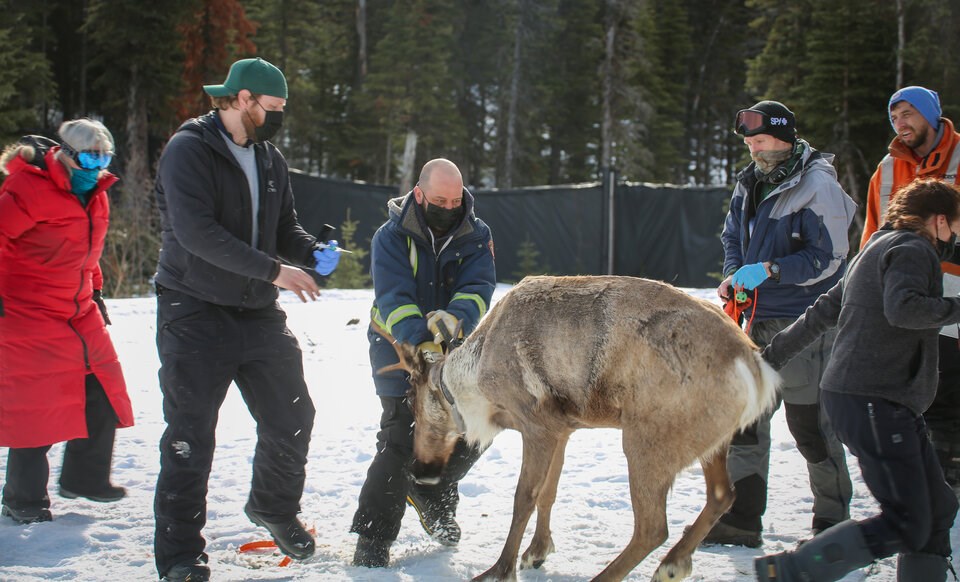
The latest research shows the two nations and everyone that works with them that they are on the right track, said Muir of the West Moberly First Nations.
“It's something that's positive for a change,” he said. “And the question is how long can we keep it going and keep improving, keep learning?”
One new result from the study shows the animals appeared to face an iron deficiency. Lamb said they are assessing whether to add supplements to their future diet. The next step is to double-check the health indicators through genetic analysis, though first signs suggest the caribou are not an inbred population.
A bigger question extends beyond the pens, beyond the sharpshooters keeping wolf populations at bay: how do you create a wild landscape that actually works for caribou?
“Those caribou, even in their [pens], cannot exist on an island all of themselves,” said Lamb.

Fighting against a the long arc of habitat loss
Since the 1990s, there have been at least five caribou penning experiments across North America. But none of them had tracked the caribou and maintained successful operations as long as the Klinse-Za program.
An abandoned maternal penning program near a lake in Revelstoke struggled, partly because its low elevation location and warm summers led to a lot of insects, said Lamb. A penning program in Alaska that ended in 2006 doubled or tripled the captured population. But it was unclear how big the larger population was at the time, and it later turned out the program was penning too few animals to make a big difference, said Lamb.
The Klinse-Za experience showed the greater proportion of the female population you can get in the pen, the better. Still, only about one-third of the herd’s recovery can be attributed to maternal penning. The rest of the caribou’s recovery is due to predator control — a heavy-handed but necessary interim conservation measure whose root cause lies in the destruction of old forests, said Lamb.
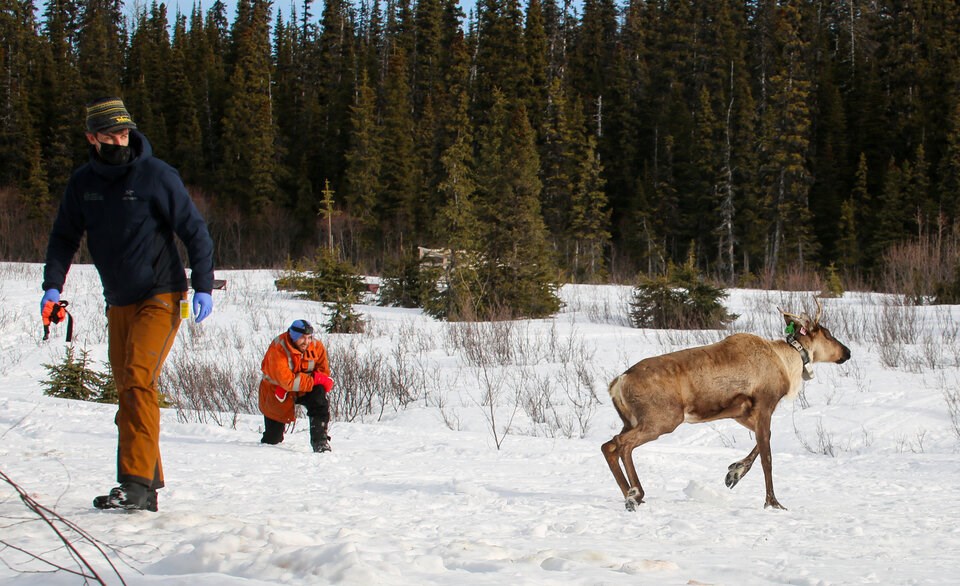
Imagine standing on the floor of an old-growth forest — around you, the branches, needles and leaves of soaring mature trees tend to shade out their small competitors. When logging cuts down those trees, shrubs fill the void, attracting moose and deer into the now fractured forest. Now, consider that every one of the cut blocks needs a road, and on those roads, predators can move — fast.
“We created a network of roads into every inch of the country that allows the more abundant population of wolves to also move more efficiently across the landscape,” said Lamb. “It's kind of a double-edged sword where there's more predators and they're more efficient at being predators.”
Muir said that when the West Moberly First Nations backed targeted harvesting of wolves, they always envisioned it as a a temporary solution until forests were rehabilitated and a balance between industrial land use, cultural activities and the needs of caribou could be found.
“This is not about having 200 fuzzy animals run around the landscape. This is about bringing back the way of life of the people, the land and the caribou,” he said. “We are far, far away from figuring out how to do that.”
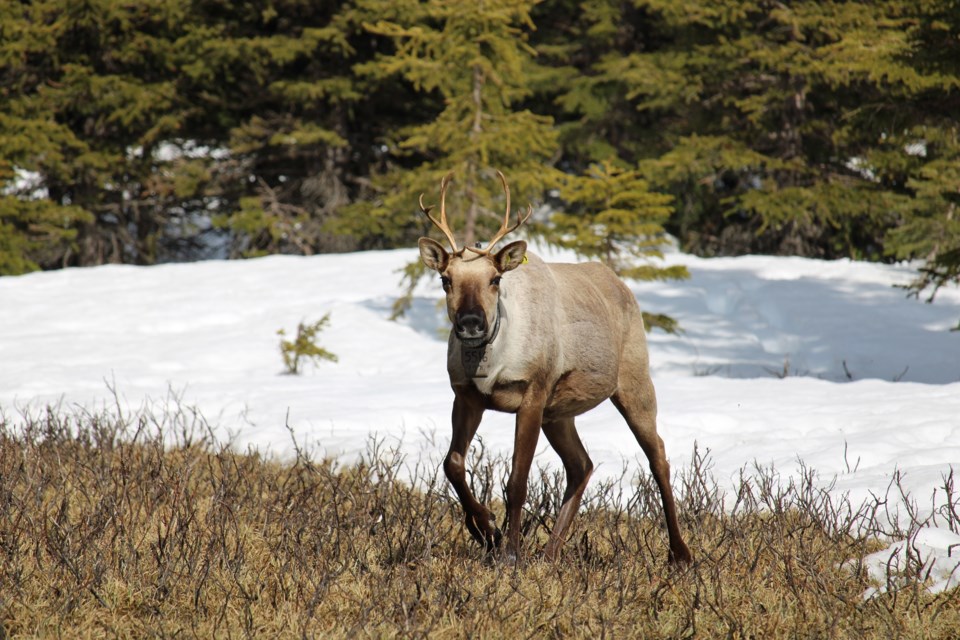
Last month, the С����Ƶ government revealed a 170,000-hectare expansion of the Klinse-za/Twin Sisters Provincial Park, a five-fold expansion of protected land in the region. But according to Muir, the park alone is not going to give back the caribou. And it certainly won’t rekindle migration so caribou can once again mingle genes across great distances.
That will require a bigger population, more healed forests, and likely more penning programs. Muir said West Moberly is ready to help anyone looking to replicate their success.
“We've done a good job here, but we have a lot more other areas to work on,” Muir said.
“It’s very difficult because, you know, we're dealing with hundreds of cut blocks in a caribou area, and the government just seems inclined to keep cutting.”




